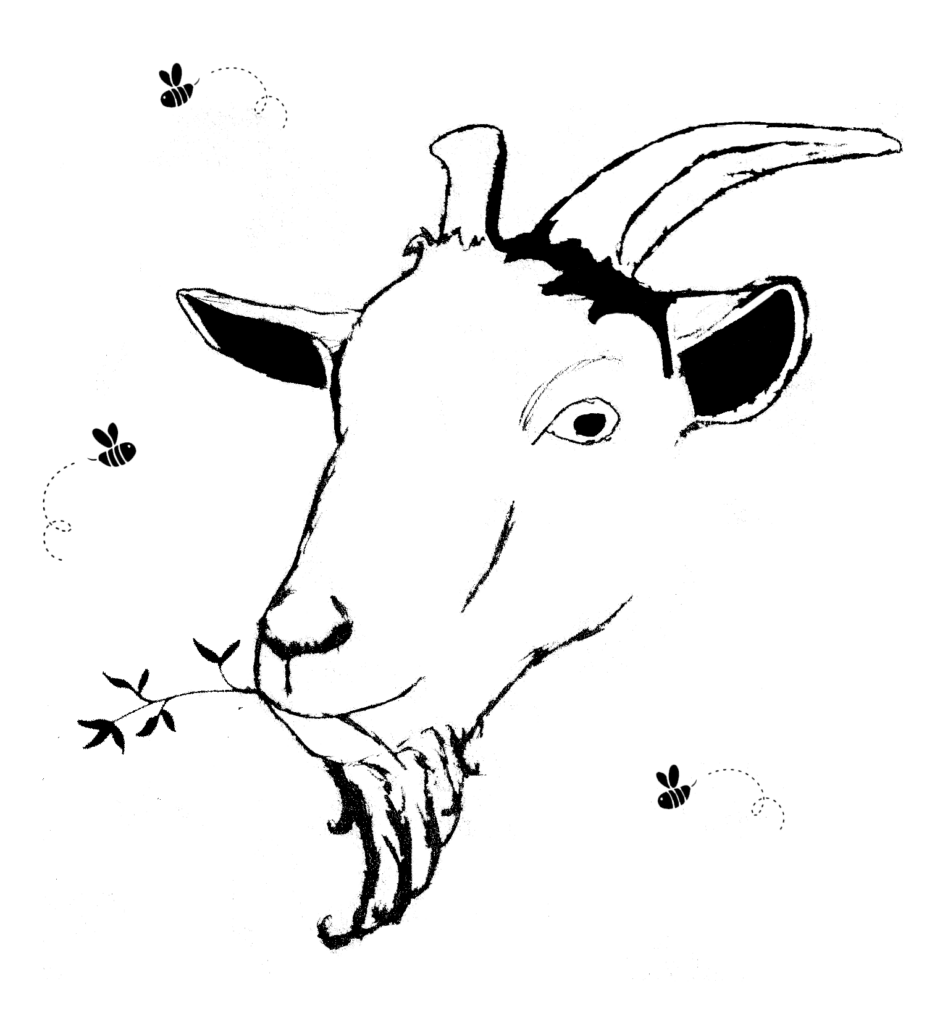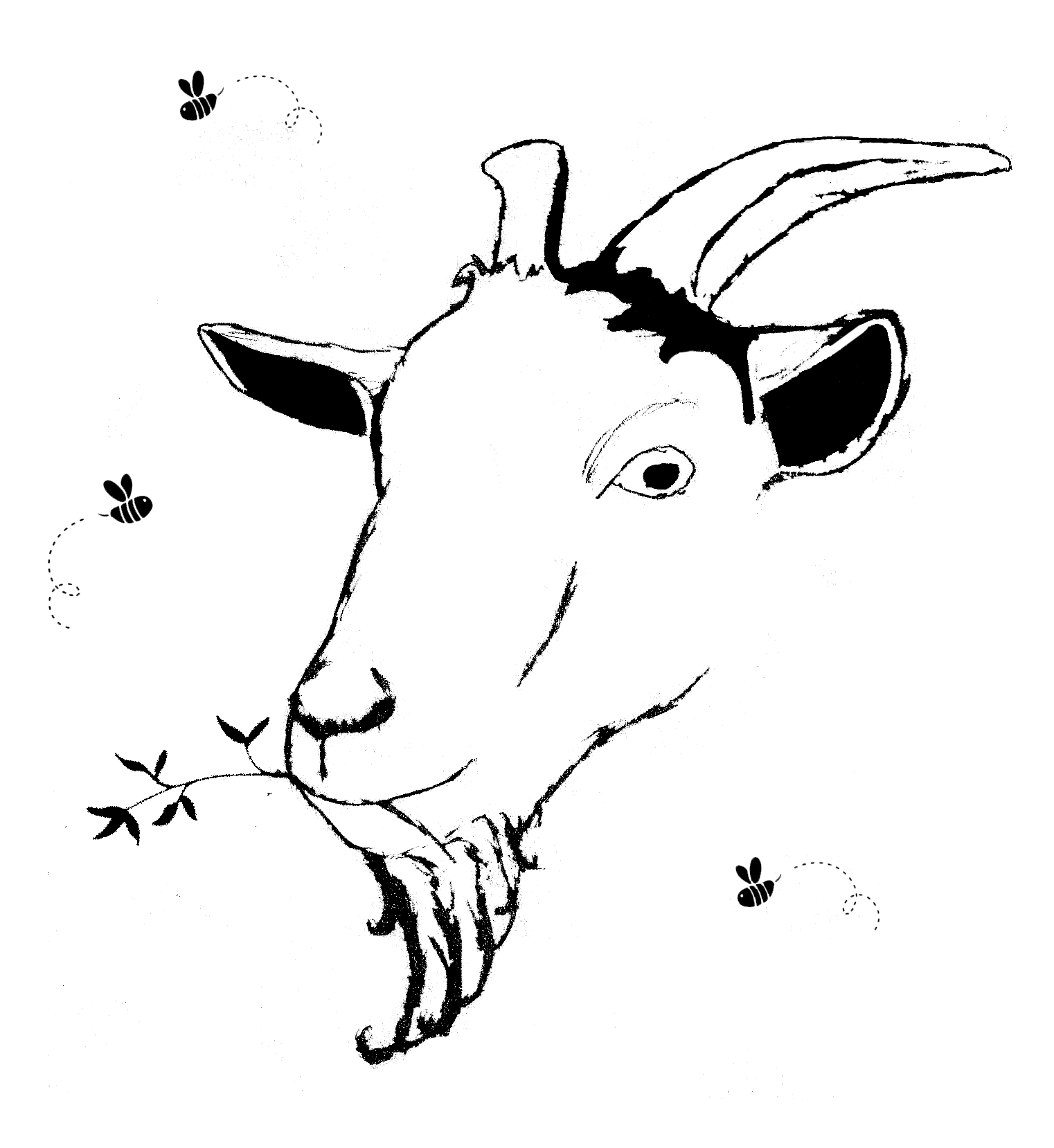Botanical Information
- Family: Rosaceae
- Common Names: Tormentil, Septfoil, Bloodroot, Erect Cinquefoil
- Parts Used: Rhizome, Aerial Parts
Description
Potentilla erecta, commonly known as Tormentil, is a perennial herb native to Europe and Asia. It is well known for its astringent and anti-inflammatory properties, making it a valuable remedy for digestive issues, wound healing, and oral health. The rhizome is particularly rich in tannins, which contribute to its strong astringent action.
Historical and Traditional Uses
- Used in European folk medicine for diarrhea, dysentery, and digestive disturbances.
- Traditionally applied as a poultice for wounds, ulcers, and skin infections.
- Employed as a mouthwash for gum infections and sore throats.
- Historically taken as a tonic to strengthen digestion and improve liver function.
Constituents
- Tannins (20-30%)
- Flavonoids
- Glycosides
- Resin
- Essential oils
Actions
- Astringent
- Anti-inflammatory
- Antimicrobial
- Hemostatic (Stops bleeding)
- Digestive tonic
Medicinal Uses
1. Digestive Health:
Tormentil is used to treat diarrhea, dysentery, and inflammation of the gastrointestinal tract.
2. Wound Healing and Skin Conditions:
Applied externally for cuts, ulcers, burns, and inflamed skin conditions.
3. Oral and Throat Health:
Used as a gargle for sore throats, mouth ulcers, and gum infections.
4. Anti-Inflammatory Support:
Reduces inflammation in conditions like gastritis and colitis.
5. Hemostatic Properties:
Traditionally applied to stop minor bleeding and promote tissue repair.
Preparation and Dosage
Infusion (Tea from Rhizome or Leaves):
- 1 tsp of dried rhizome per cup of hot water. Steep for 10-15 minutes. Drink up to twice daily.
Tincture:
- 2-5 ml taken up to twice daily.
Poultice (Topical Use):
- Crushed root or infusion applied to wounds and skin irritations.
Mouthwash/Gargle:
- 1 tsp of dried rhizome infused in warm water, used as a rinse for oral infections.
Precautions and Contraindications
- Pregnancy and Lactation: Use with caution; consult a healthcare provider.
- Tannin Sensitivity: High tannin content may cause digestive discomfort in some individuals.
- Long-Term Use: Prolonged use may reduce nutrient absorption due to tannins.
Energetics (Traditional Medicine Perspectives)
- Traditional Western Herbalism: Cooling and drying; strengthens the digestive and immune systems.
- Traditional Chinese Medicine (TCM): Clears heat, stops bleeding, and resolves dampness.
- Ayurveda: Astringent and cooling; balances Pitta and Kapha, but may aggravate Vata in excess.
Combinations
- For Digestive Support: Combine with chamomile and ginger.
- For Wound Healing: Combine with calendula and plantain.
- For Oral Health: Combine with sage and myrrh.
Harvesting and Storage
- Harvesting: Rhizomes are collected in late summer or early autumn.
- Drying: Air dry in a well-ventilated area away from direct sunlight.
- Storage: Store dried rhizome and leaves in airtight containers away from moisture and heat.
Modern Research
Studies confirm Potentilla erecta’s antimicrobial, anti-inflammatory, and astringent properties, reinforcing its traditional applications.
Tormentil remains a valuable herb in both traditional and modern herbal medicine, particularly for digestive health, wound healing, and oral care.

